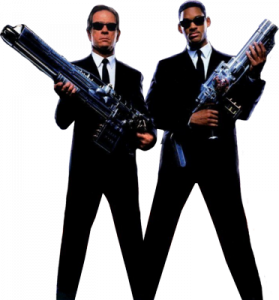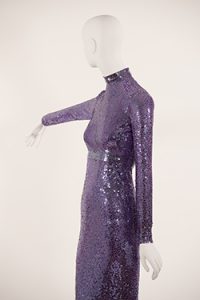Fashion is something we deal with everyday. Even people who say they don’t care what they wear choose clothes every morning that say a lot about them and how they feel that day.
One certain thing in the fashion world is change. We are constantly being bombarded with new fashion ideas from music, videos, books, and television. Movies also have a big impact on what people wear. Ray-Ban sold more sunglasses after the movie Men In Black. Sometimes a trend is world-wide.
Fashion is revealing. Clothes reveal what groups people are in. In high school, groups have names: “goths, skaters, preps, herbs.” Styles show who you are, but they also create stereotypes and distance between groups. For instance, a businessman might look at a boy with green hair and multiple piercings as a freak and outsider. But to another person, the boy is a strict conformist. He dresses a certain way to deliver the message of rebellion and separation, but within that group, the look is uniform. Acceptance or rejection of a style is a reaction to the society we live in.
Fashion is big business. More people are involved in the buying, selling and production of clothing than any other business in the world. Everyday, millions of workers design, sew, glue, dye, and transport clothing to stores. Ads on buses, billboards and magazines give us ideas about what to wear, consciously, or subconsciously.
Clothing can be used as a political weapon. In nineteenth century England, laws prohibited people from wearing clothes produced in France. During twentieth century communist revolutions, uniforms were used to abolish class and race distinctions.
Fashion is a means of self-expression that allows people to try on many roles in life. Whether you prefer hip-hop or Chanel-chic, fashion accommodates the chameleon in all of us. It’s a way of celebrating the diversity and variety of the world in which we live. Fashion is about change which is necessary to keep life interesting. It’s also a mirror of sorts on society. It’s a way of measuring a mood that can be useful in many aspects, culturally, socially even psychologically.


